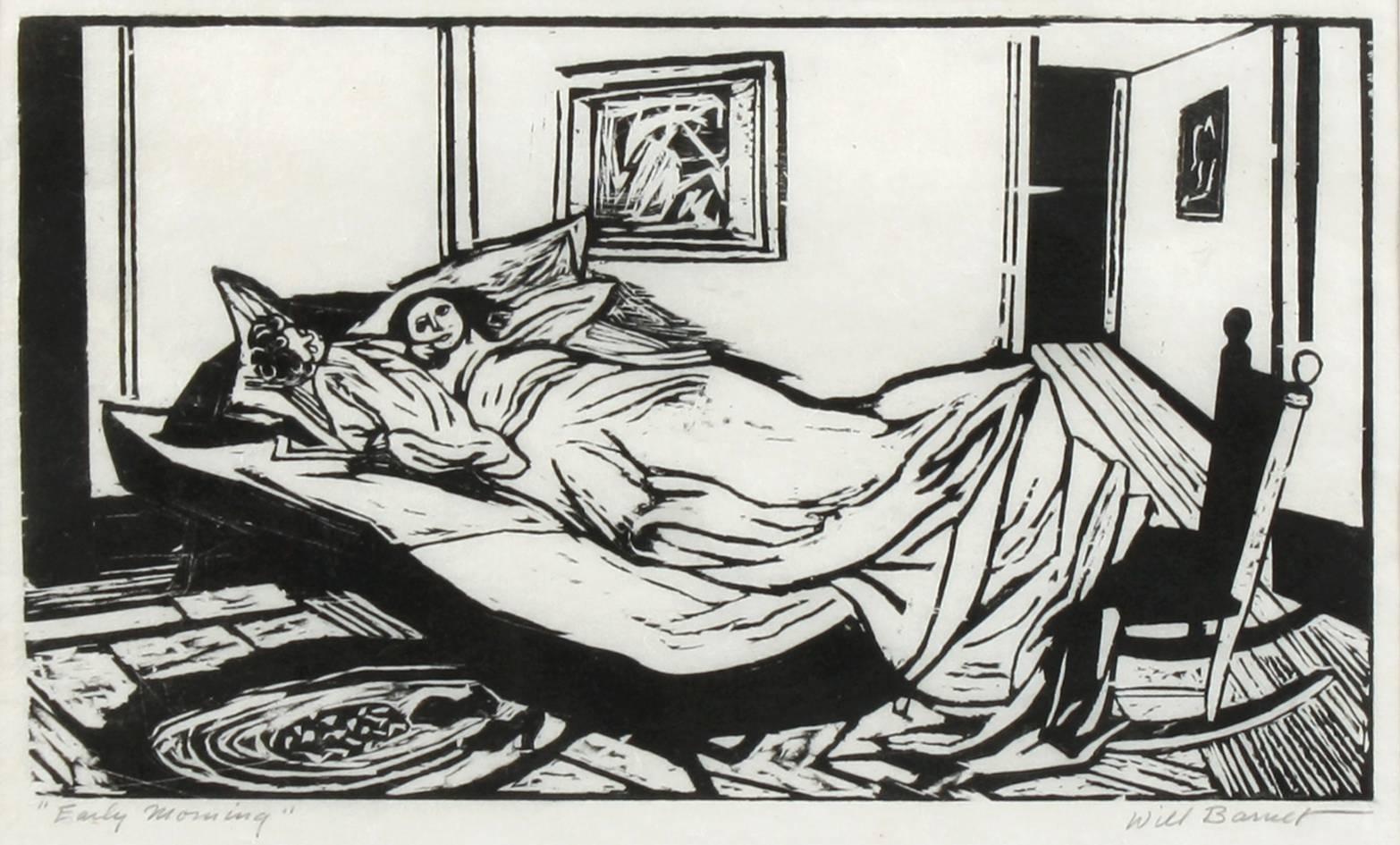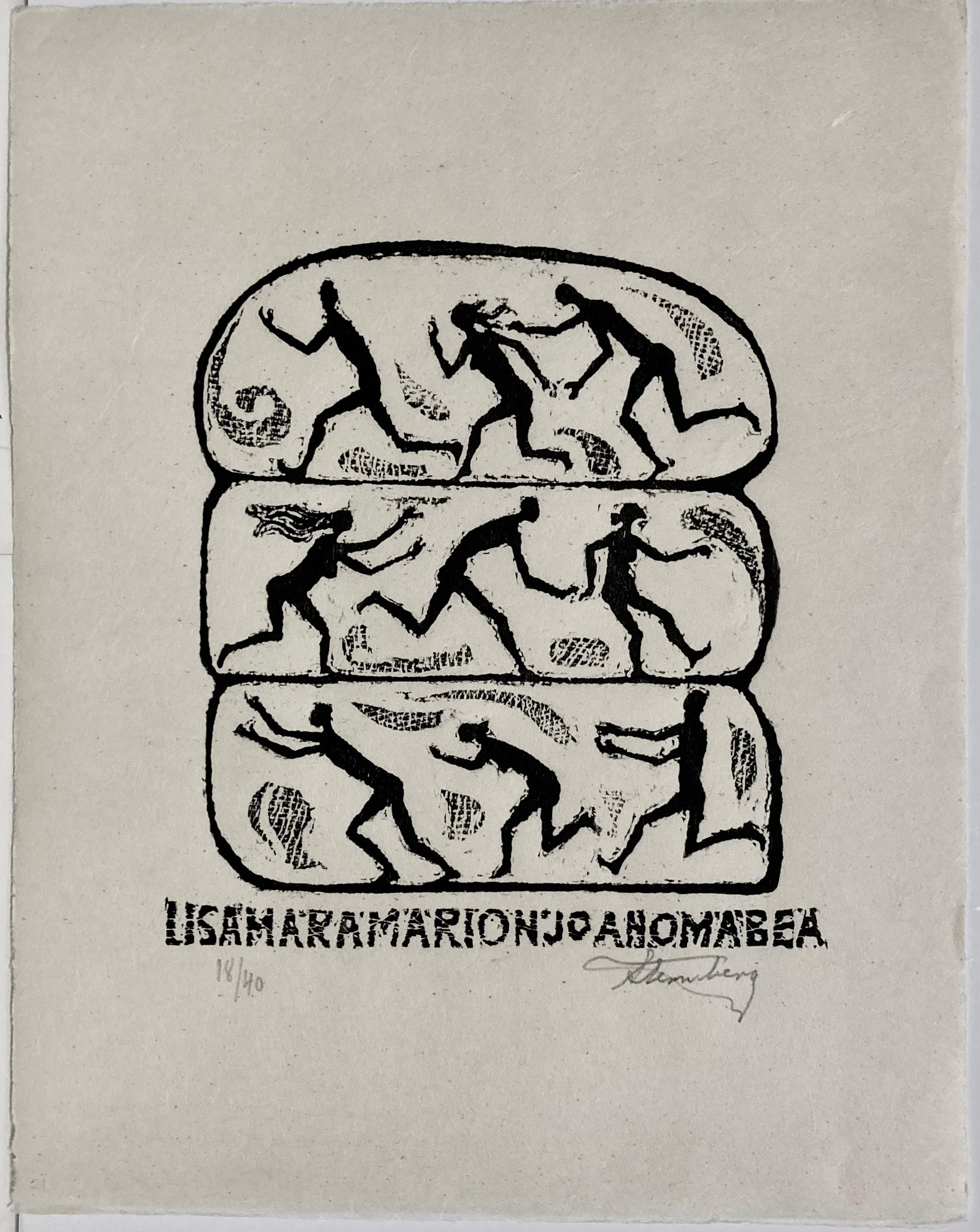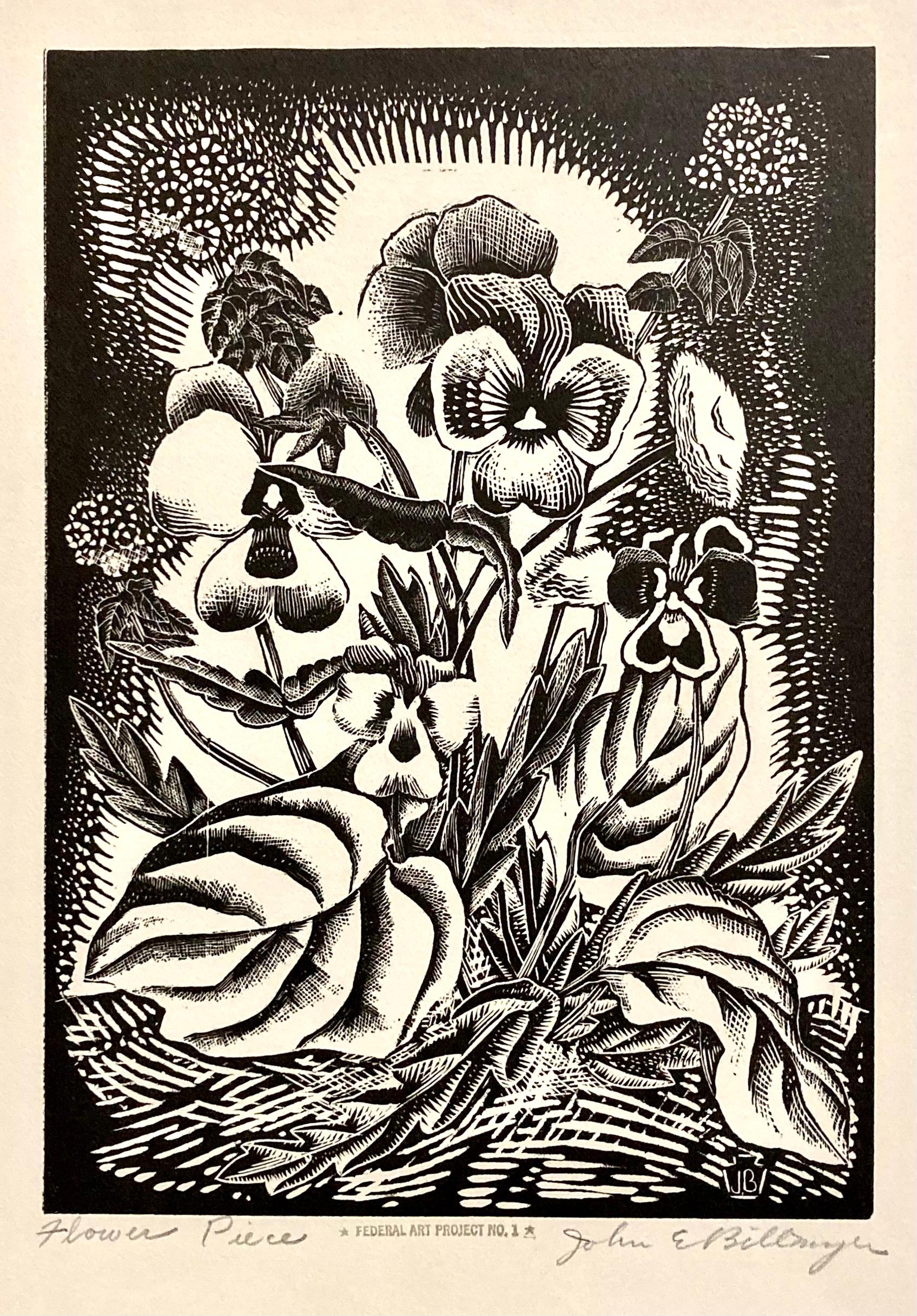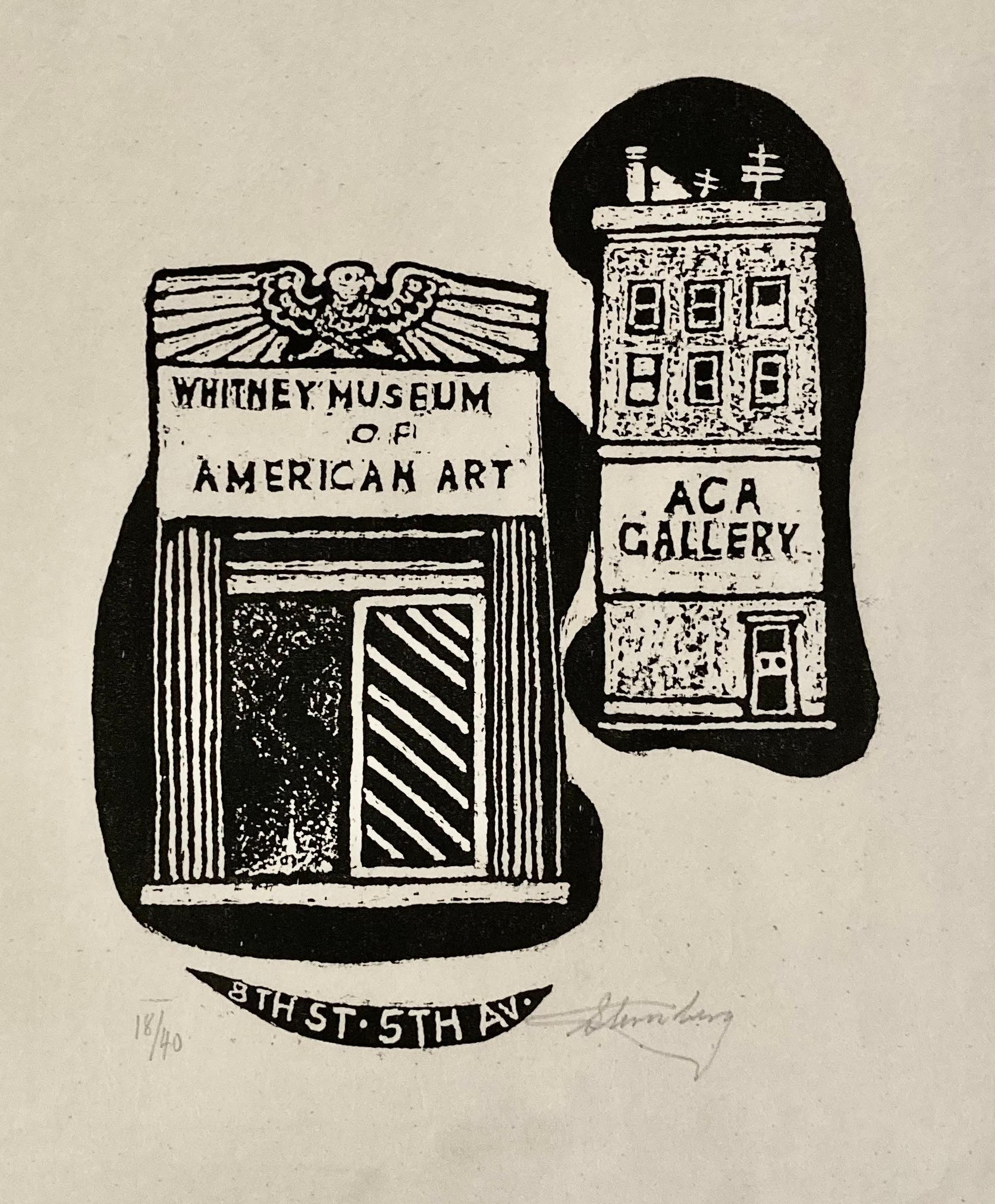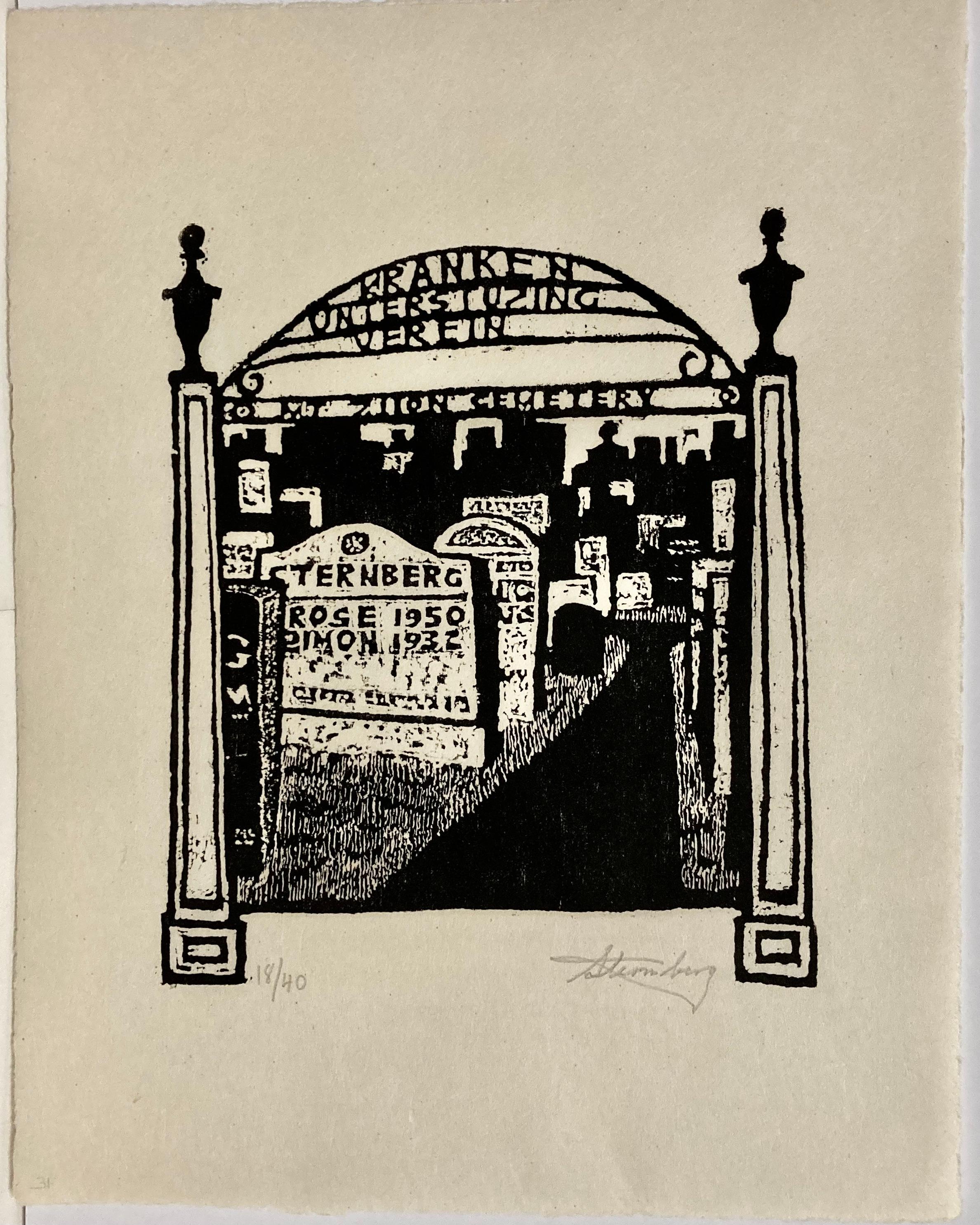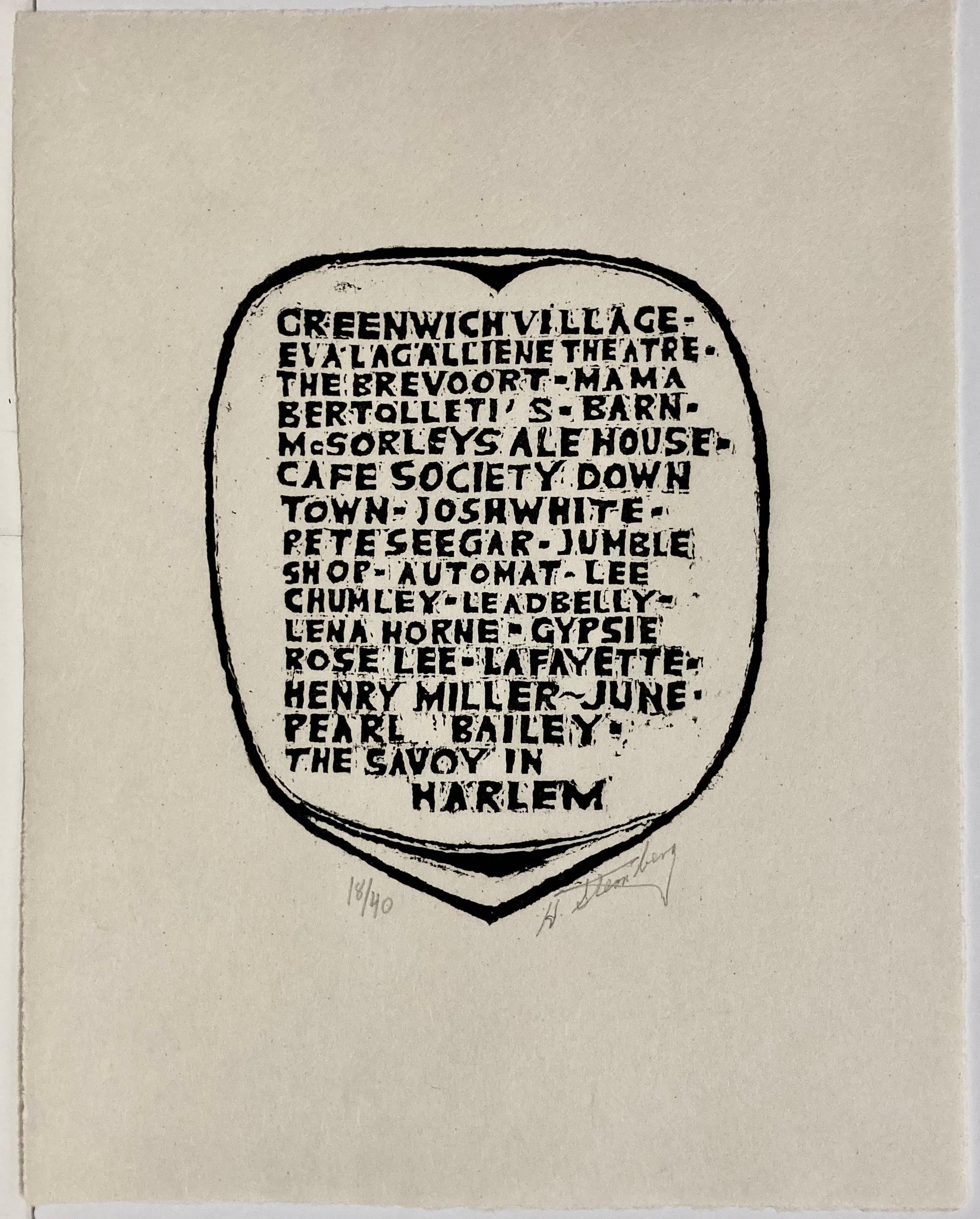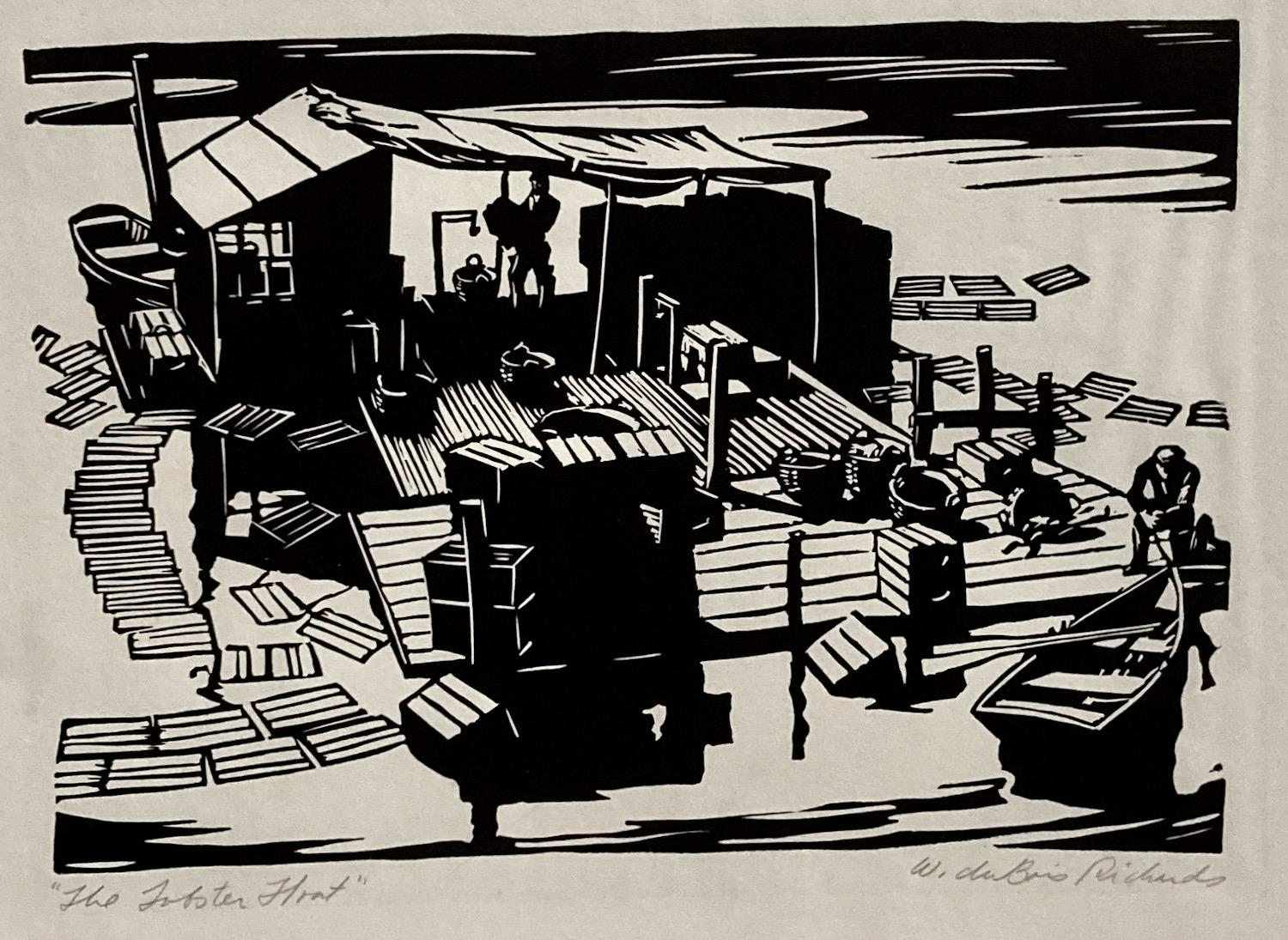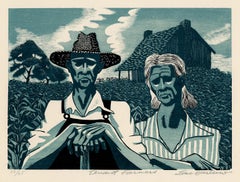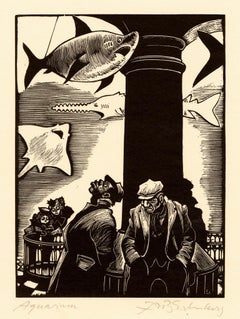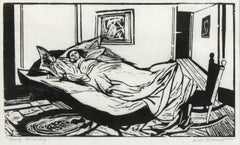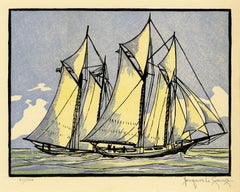
'Sappho Passes Livonia' — America's Cup, 1871
View Similar Items
Want more images or videos?
Request additional images or videos from the seller
1 of 3
Jacques La Grange'Sappho Passes Livonia' — America's Cup, 18711934
1934
Price:$325
About the Item
- Creator:Jacques La Grange (1895)
- Creation Year:1934
- Dimensions:Height: 6.19 in (15.73 cm)Width: 8.19 in (20.81 cm)
- Medium:
- Movement & Style:
- Period:
- Condition:
- Gallery Location:Myrtle Beach, SC
- Reference Number:Seller: 1021261stDibs: LU53234093322
About the Seller
5.0
Recognized Seller
These prestigious sellers are industry leaders and represent the highest echelon for item quality and design.
Platinum Seller
Premium sellers with a 4.7+ rating and 24-hour response times
Established in 1995
1stDibs seller since 2016
308 sales on 1stDibs
Typical response time: 1 hour
Associations
International Fine Print Dealers Association
Authenticity Guarantee
In the unlikely event there’s an issue with an item’s authenticity, contact us within 1 year for a full refund. DetailsMoney-Back Guarantee
If your item is not as described, is damaged in transit, or does not arrive, contact us within 7 days for a full refund. Details24-Hour Cancellation
You have a 24-hour grace period in which to reconsider your purchase, with no questions asked.Vetted Professional Sellers
Our world-class sellers must adhere to strict standards for service and quality, maintaining the integrity of our listings.Price-Match Guarantee
If you find that a seller listed the same item for a lower price elsewhere, we’ll match it.Trusted Global Delivery
Our best-in-class carrier network provides specialized shipping options worldwide, including custom delivery.More From This Seller
View All'Lot Cleaning, Los Angeles' — 1930s Modernism
By Paul Landacre
Located in Myrtle Beach, SC
'Lot Cleaning, Los Angeles', wood engraving, edition 60, Zeitlin & Ver Brugge 69. Signed, titled and numbered '51/60' in pencil. A brilliant, black impression, on Kitakata Japan pape...
Category
1930s American Modern Figurative Prints
Materials
Woodcut
'The Steps' — WPA Era Graphic Modernism
By Fritz Eichenberg
Located in Myrtle Beach, SC
Fritz Eichenberg, 'The Steps', wood engraving, 1933, edition 200. Signed, titled, and annotated 'Ed. 200' in pencil. Initialed in the block, lower right. A superb, richly-inked impr...
Category
1930s American Modern Figurative Prints
Materials
Woodcut
'Tenant Farmers' — Depression Era, WPA
By Lou Barlow
Located in Myrtle Beach, SC
Lou Barlow (Louis Breslow), 'Tenant Farmers', color wood engraving, 1936, edition 25. Signed, titled, and numbered '15/25' in pencil. A superb, richly-inked impression, with fresh c...
Category
1930s American Modern Figurative Prints
Materials
Woodcut
'The Aquarium' — WPA Era Graphic Modernism
By Fritz Eichenberg
Located in Myrtle Beach, SC
Fritz Eichenberg, 'The Aquarium', wood engraving, 1933, edition 200. Signed and titled in pencil. Initialed in the block, lower right. A superb, richly-inked impression, on pale yel...
Category
1930s American Modern Figurative Prints
Materials
Woodcut
Reflections
By John DePol
Located in Myrtle Beach, SC
John DePol, 'Reflections', chiaroscuro wood engraving, 1979, edition 160 in 1983. Signed, dated and titled in pencil. Signed in the block, lower right. A superb impression, on cream ...
Category
1970s American Modern Figurative Prints
Materials
Woodcut
On the Beach (Coney Island, New York) — 1930s Graphic Modernism, WPA
By Lou Barlow
Located in Myrtle Beach, SC
Lou Barlow (Louis Breslow), 'On the Beach' (Coney Island) wood engraving, c. 1937, edition c. 25. Signed and titled in pencil. Stamped 'FEDERAL ART PROJECT NYC WPA' in the bottom left margin. A fine, richly-inked impression, with all the fine lines printing clearly, on cream wove paper, with full margins (1 1/2 to 3 inches), in excellent condition. Matted to museum standards, unframed. Scarce.
Image size 11 x 8 1/8 inches; sheet size 16 x 11 3/8 inches.
Created during the Great Depression for the Works Progress Administration (WPA), Federal Art Project, New York City.
Impressions of this work are in the permanent collections of the Amon Carter Museum of Art, Illinois State Museum, and the New York Public Library.
ABOUT THE IMAGE
Due to Coney Island's proximity to Manhattan, Brooklyn, and other New York boroughs, it began attracting vacationers in the 1830s and 1840s. Most of the vacationers were wealthy and went by carriage roads and steamship services that reduced travel time from a formerly half-day journey to two hours. By the late 1870s, the development of Coney Island's amusement park attractions and hotels drew people from all social classes. When the Brooklyn Rapid Transit Company electrified the steam railroads and connected Brooklyn to Manhattan via the Brooklyn Bridge at the beginning of the 20th century, Coney Island turned rapidly from a resort to an accessible location for day-trippers seeking to escape the summer heat in New York City's tenements. In 1915, the Sea Beach Line was upgraded to a subway line, and the opening of the Stillwell Avenue station in 1919 ushered in Coney Island's busiest era. On the peak summer days, over a million people would travel to Coney Island. In 1937, New York City purchased a 400-foot-wide strip of land along the shoreline to allow the boardwalk to be moved 300 feet inland. At this point, Coney Island was so crowded on summer weekends that parks commissioner Robert Moses...
Category
1930s American Modern Figurative Prints
Materials
Woodcut
You May Also Like
Dickie (Child in High Chair)
By Will Barnet
Located in Buffalo, NY
An original woodcut on japan paper created by master American artist Will Barnet in 1942.
Category
1940s American Modern Figurative Prints
Materials
Paper, Woodcut
Early Morning
By Will Barnet
Located in Buffalo, NY
A nice rare woodcut by the noted American Artist Will Barnet. This woodcut is from 1939 and is titled and pencil signed on the base "Early Morning", Will...
Category
1930s American Modern Figurative Prints
Materials
Paper, Woodcut
Harry Sternberg, (Chasing) Girlfriends, from My Life in Woodcuts, 1991
By Harry Sternberg
Located in New York, NY
In 1991 Harry Sternberg published a book with Brighton Press, San Diego. It was My Life in Woodcuts. At the time it was the only known woodcut autobiography.
The deluxe editions of...
Category
1990s American Modern Figurative Prints
Materials
Woodcut
Sidney Chafetz, The Stroller (Wallace Stevens)
Located in New York, NY
Sidney Chafetz was known for his clever compositions and his many portraits, all made in the most 'difficult to control' medium of woodcut.. This charmi...
Category
1970s American Modern Figurative Prints
Materials
Woodcut
John E. Billmyer, Flower Piece, WPA wood engraving
Located in New York, NY
'Flower Piece' shows the artist, John Billmyer, to be a highly accomplished wood engraver. There are endless patterns and created details -- all executed flawlessly. Mostly made up o...
Category
Mid-20th Century American Modern Figurative Prints
Materials
Woodcut
Harry Sternberg, Whitney and ACA, from My Life in Woodcuts, 1991
By Harry Sternberg
Located in New York, NY
In 1991 Harry Sternberg published a book with Brighton Press, San Diego. It was My Life in Woodcuts. At the time it was the only known woodcut autobiography.
The deluxe editions of...
Category
1990s American Modern Figurative Prints
Materials
Woodcut

